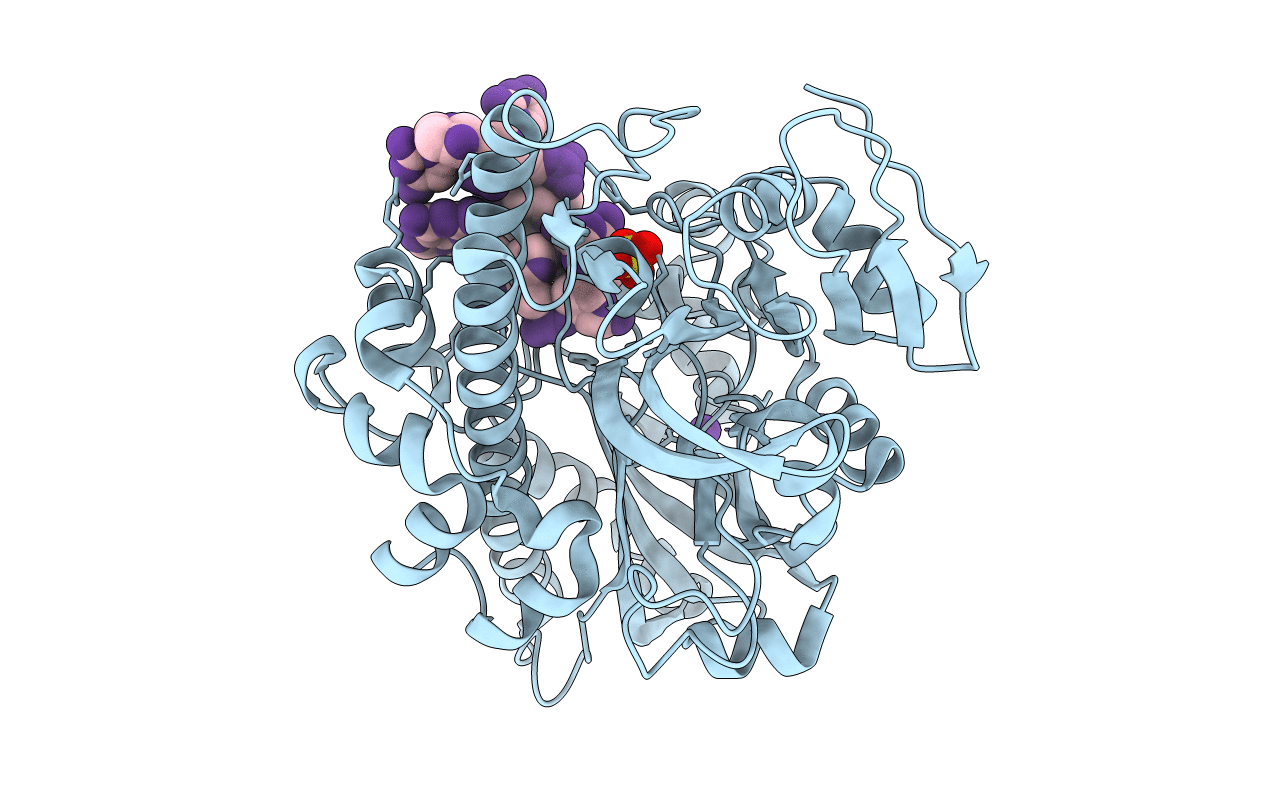
Deposition Date
2021-01-18
Release Date
2021-03-03
Last Version Date
2023-11-15
Entry Detail
Biological Source:
Source Organism:
Pyrococcus horikoshii (Taxon ID: 53953)
synthetic construct (Taxon ID: 32630)
synthetic construct (Taxon ID: 32630)
Host Organism:
Method Details:
Experimental Method:
Resolution:
2.70 Å
R-Value Free:
0.21
R-Value Work:
0.19
R-Value Observed:
0.19
Space Group:
P 43 21 2


